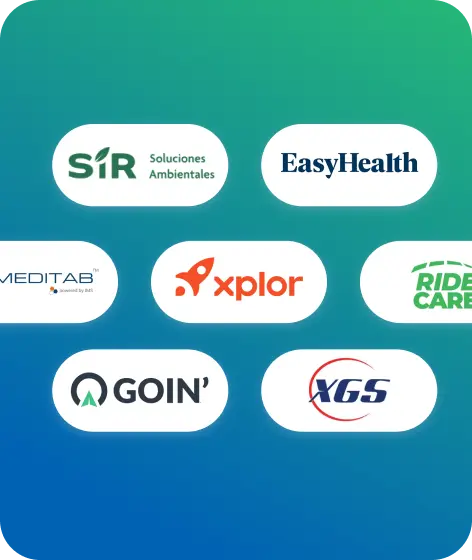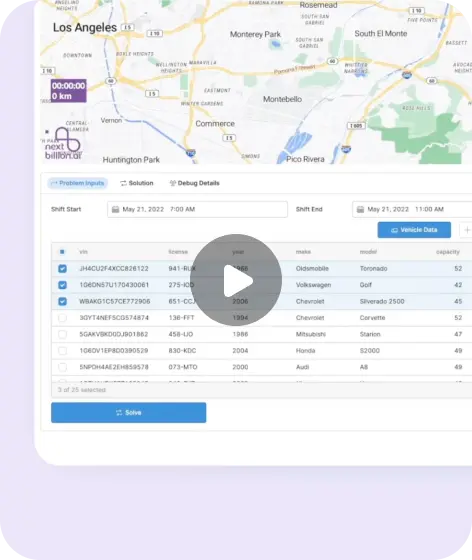| Country Name | Coverage | Vehicle Modes (Car or Truck) | Live Traffic | Historic Traffic |
|---|
Frequently asked questions
Features
The Fast API is optimized for real-time performance. It returns routing results with low latency and is ideal for high-speed use cases like live dispatching, dynamic re-routing, and on-demand navigation. It supports basic constraints and route preferences — making it lightweight and efficient for scenarios where speed and responsiveness are critical.
The Flexible API is designed for complex and large-scale routing problems. It supports significantly more advanced features and is ideal for batch planning, multi-stop deliveries, and logistics workflows that involve custom business logic. This variant can handle:
- High volume of stops or waypoints
- Truck-specific routing, including height, weight, and hazmat restrictions
- Time-based routing, like time windows for jobs or vehicles
- Route type selection: choose between the fastest or shortest route
- Segment-level speed limits for detailed route analysis
- Extensive “avoid” options such as: sharp_turn, service_road, bounding box areas, left_turn, right_turn, and more
- In short, Fast API is best for instant routing with minimal constraints, while Flexible API is suited for rich, constraint-aware planning and optimization.
Truck routing accounts for commercial vehicle constraints such as weight limits, bridge heights, hazmat restrictions, and truck-only road access. This ensures your routes are compliant and realistic for fleet vehicles.
If your application requires real-time routing with minimal constraints — such as ride-hailing, on-demand delivery, or quick re-routing — the Fast API is your best choice. It's optimized for speed and ideal for low-latency scenarios.
If you’re dealing with complex & large scale logistics — like multi-stop delivery planning, truck-specific routing, or custom constraints such as time windows, skills, and segment-level preferences — the Flexible API is better suited. It provides advanced configurability and greater control over how routes are calculated.
If you're unsure which variant fits best for your geography, fleet, or business workflow, feel free to reach out to our team. We can evaluate your use case and recommend the most suitable combination based on your goals, constraints, and expected scale.




